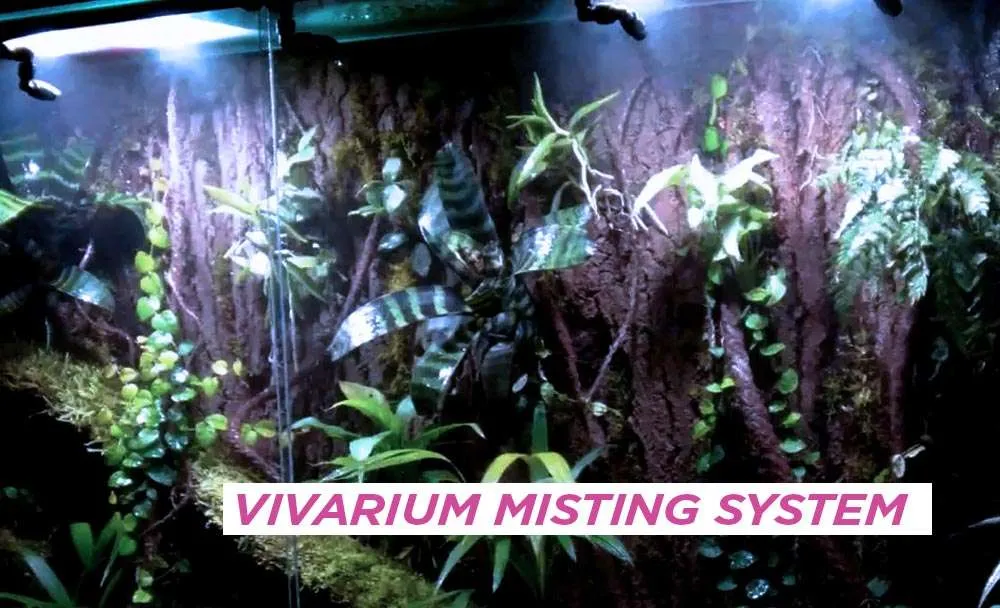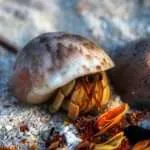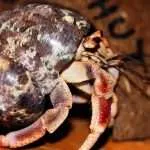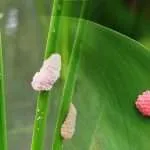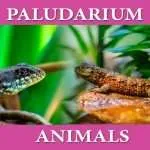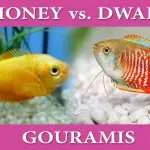Do you have a vivarium set up and need it up and running, or maybe you’re wondering how often you should be misting your vivarium to keep it in good shape?
The post will provide all the needed information about misting your vivarium.
How often should You Mist a Vivarium?
The humidity level inside the vivarium determines how often you are to mist it.
You should mist the vivarium when the humidity level falls below 75%, and you may have to mist as much as 1-3 times daily and just 1-2 times a week, depending on the condition.
The unit of measurement for humidity in a vivarium is percentages.
The optimum humidity depends on the reptile and its climate.
Some reptiles can thrive in low humidity.
For example, species from desert regions can thrive in humidity as low as 25%, and those from rainforests require humidity as much as 90%.
Misting is one of the ways to regulate the humidity of the vivarium.
What is a Vivarium?
A vivarium is an enclosed ecosystem for tropical animals that recreate their natural habitat as close as possible.
Vivariums also allow you to replicate what is applicable in the natural habitat and set factors like humidity, heat, and lighting.
Examples of vivariums are aquarium, terrarium, riparium and paludarium.
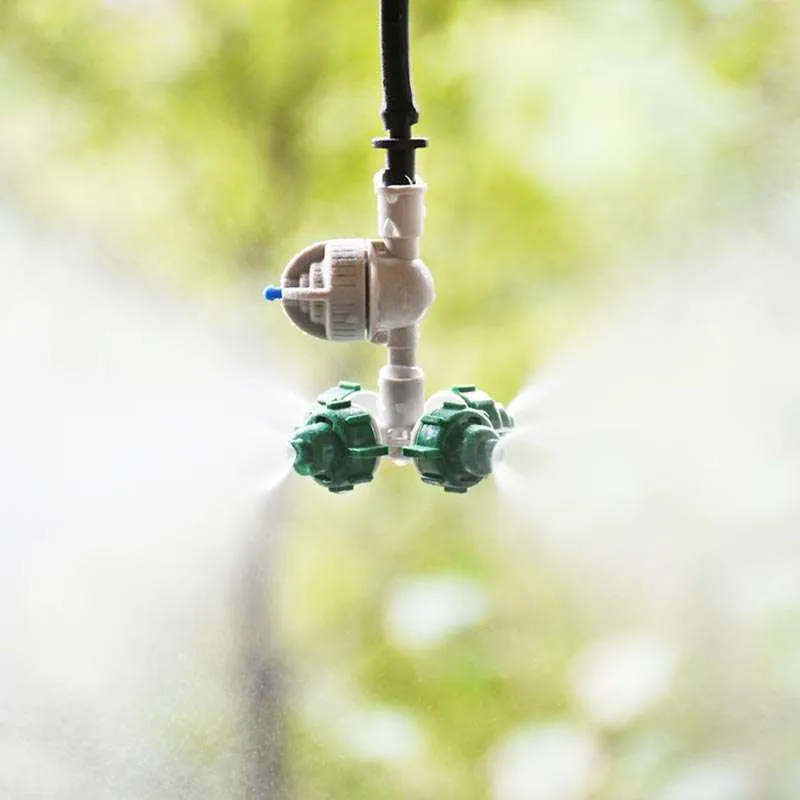
Aquariums:
An aquarium is a glass tank of any size, with at least one transparent side, where aquatic animals and plants are housed and exhibited.
Animals kept in an aquarium include fishes, amphibians, and reptiles.
Terrarium:
A terrarium is a sealable glass tank where soil and plants get housed together.
They are either opened or sealed to the environment and designed for decorative purposes.
It is ideal for a terrarium to be transparent, as the transparency allows light to pass through to create photosynthesis, which is crucial to the growth of the plants.
You can mist a terrarium if some plants are water demanding.
Riparium:
Riparium is a vivarium that recreates the shorelines of streams, rivers, and swamps.
A riparium mimics the bank of a pond, with plants submerged, immersed, or floating.
Riparium can be covered or open to the air, depending on the aesthetics chosen by the Aquarist.
Plants that thrive in a riparium include aquatic plants like Java Moss, Java Fern, and marginal plants such as Peace Lily, Amazon Swords, and Dracaena.
The riparium can also be home to aquatic animals, such as Canyon tree frogs, Salamanders, and Toads.
You can also mist open-air riparium, especially the outgrown plants.
It helps wade off pests and increases humidity.
Paludarium:
A Paludarium is a type of terrarium with a mixture of land and water habitat that can house terrestrial and aquatic animals.
The paludarium can house more species than other types of vivarium.
The ideal animals to be housed in a paludarium are the animals that thrive on both land and water, such as Turtles, Frogs, Salamanders, Crabs, etc.
Vivariums also allow you to set factors like humidity and heat, as well as lighting, to duplicate what is applicable in the natural environment.
Why You Should Be Misting your Vivarium
The purpose of misting is to maintain the humidity in your vivarium.
Many plants and animals housed in vivariums come from tropical regions with high humidity.
Therefore, it is necessary to maintain high humidity in the vivarium, especially as the air in our homes is dry.
Misting can be crucial to the survival of plants and animals in a vivarium, especially those not used to the low humidity.
For plants, misting can also limit the risk of overwatering.
Vivarium Misting System
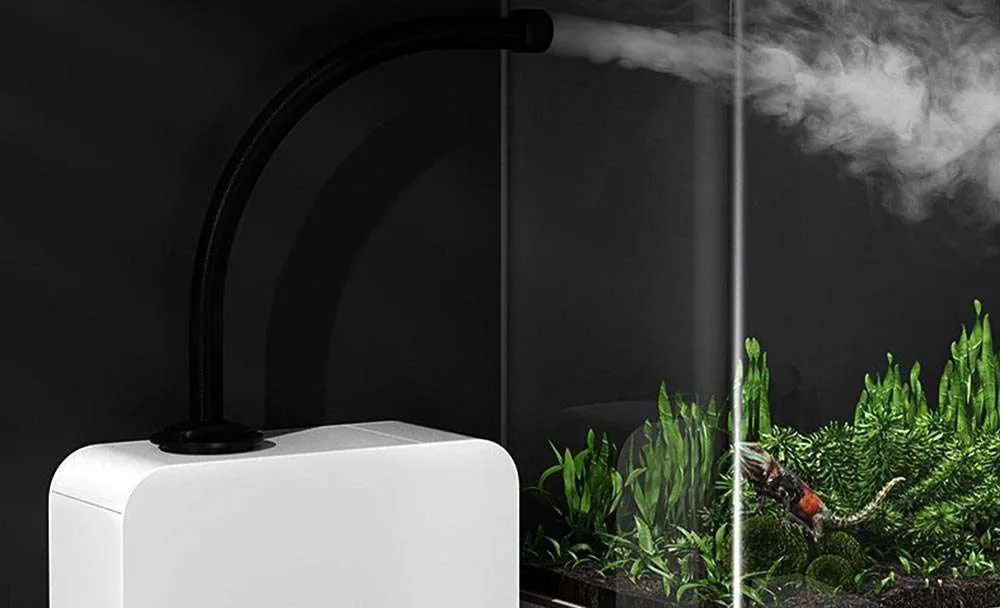
While you can manually mist your vivarium using a spray bottle, a regulated misting system is more advisable.
An automatic misting system uses a timer to spray the vivarium whenever the humidity gets too low.
Since the misting system is programmable, it ensures your pet animals and plants are hydrated and helps keep the humidity and temperature at the right level.
Moreover, the misting system usually has multiple spray nozzles and should include options for the duration and frequency of the spray.
The nozzles also give you options to choose where the water is to be sprayed and ensure that the water droplets are as close to that of rainfall as possible.
You should not allow your water droplets to be too large or too small because if it is too large, and you run the risk of over-watering and being too small, it looks like a fog.
Example of Vivarium Misting System
MistKing Starter Misting System
This misting system comes with a programmable timer, has between 1 and 10 nozzles, and a high-pressure water pump.
The nozzles also have a check valve that minimizes dripping after you stop misting.
It has a water filter that helps purify the water before spraying it into the vivarium.
This misting system also allows you to choose the size of your water reservoir based on your needs.
Considering most people have their vivarium indoors, this misting system also helps reduce noise to a minimal level, so there is no disturbance every time it mists.
The Exo-Terra Monsoon Solo II High-Pressure Misting System for Vivarium
The Exo-Terra Monsoon Solo II High-Pressure Misting System is an automated misting system that allows you to set how long to spray and the time intervals between sprays.
You can program it for any interval, albeit in hours.
It comes with two nozzles and is suitable for smaller vivariums.
How to Set up Your Vivarium
Setting up your vivarium depends on the type of animal to live inside it.
Your vivarium should be a healthy place with layers of ground cover and plants.
Other factors to consider are light, moisture, and heating systems.
Below are some guidelines to observe when setting up your vivarium:
Choose Your Vivarium Pet
Choose a single animal to be housed in the vivarium – such as geckos, bearded dragons, corn snakes, and pygmy chameleons, among other species.
Identify the needs of the Vivarium Pet
Build your Vivarium around the specific needs and features of your animal.
Moreover, doing this will allow you to recreate and retain the natural habitat of such an animal in other to keep your animal safe and healthy.
Choose the Right Enclosure
A glass tank is the best for a Vivarium enclosure.
It provides a great viewing experience and helps with moisture and temperature control.
Maintaining a poor vivarium can be very difficult.
Create A Multi-layer Habitat
Add layers to your vivarium.
You should add the different layers to your vivarium.
Consult a vivarium expert to get a recommendation on the appropriate layers you need for your tank.
Adding The Aesthetic Features
Set up the environment.
Setting up the vivarium is where the fun begins.
Add a background and set up the aesthetics of your vivarium using various materials, including a drainage system, heating source, and lighting.
Add plants.
Plants give a visual and natural appeal to the vivarium.
However, don’t clutter your vivarium with too many plants.
Choose only plants suitable for the environment in the vivarium.
Examples of plants to be added to your vivarium are Ficus, Bromeliads, Ferns, Orchids, and Arums.
Add your Pet Animal.
After setting up the environment, you are ready to introduce your pets to their new homes.
Quarantine every pet for three weeks before adding them to the vivarium to prevent the spread of bacteria and other diseases.
Drainage system:
This system helps hold any water that flows through the substrate and prevents the substrate layer from becoming water bogged.
The drainage system will also help stabilize the humidity in the habitat.
You can use any of the popular drainage systems in the market, like LECA, Hydro balls, or NEHERP LDL.
Heating Source
There are various ways to heat your vivarium.
The ideal one for your vivarium depends on the pets you will keep in the vivarium.
There are different heating options available.
Examples are Heat Mats, Ceramic Heat Emitters, Heat Bulbs, and Mercury Vapor Bulbs.
Lighting
Lighting is crucial in your vivarium, as they help coordinate the sleep pattern of the animals in the vivarium.
Good lighting also improves the overall well-being of your pet.
There are various vivarium lighting options:
They are incandescent bulbs, basking lamps, and UVA/UVB lights.
Incandescent Bulbs
Incandescent bulbs put off a bright white light reminiscent of the natural light in the wild and do not produce heat.
Basking Lamps
Basking lamps give off a beam of heat that mimics the Sun or the basking spot for reptiles in their natural habitat.
It is better than an ordinary bulb, as it also produces heat.
UVA/UVB lights:
These lights emit vitamin D, which helps give reptiles stronger bones.
It also helps prevent Metabolic Bone Disease and improves the immune system of your reptile.
The Sun provides all these in the wild, but it can only be replicated in captivity using UVA/UVB light.
Conclusion on Vivarium Misting
Misting is one of the ways to regulate the temperature in the vivarium.
The frequency of misting the vivarium depends on the humidity of the environment.
Therefore, you may need to mist the vivarium 1-3 times daily or 1-2 times weekly.
It is important to mist your vivarium to control its humidity and moisturize plants. Misting also helps flush the waste down to the bottom of the vivarium.

